Discipline vs. Punishment
The difference between punishment and discipline:
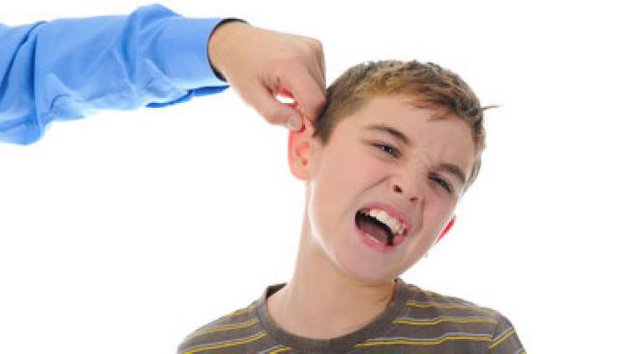
Although the two are mostly seen as the same thing, there are actually major differences between them. Punishment is in fact one of the strategies of discipline and can take many forms.
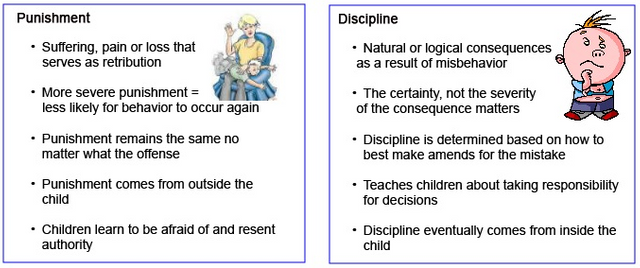
My focus for this post will be on positive discipline. The most important features of positive discipline are the following:
- Parental behaviors:
Parents have to provide leadership and be in charge. If a parent (or educator, caregiver) does not take control, the child will. When adults do not provide leadership in a situation, children feel compelled to exert their own strength, which is often expressed in the form of tantrums, whining or a total disregard for the adult's wishes. Adult's self-control is the most important part of the disciplining process and this is how they establish their sense of authority and direction. Parents are powerful models: They cannot expect good behavior from children if they behave badly.
Positive discipline doesn't focus on what children did wrong. It focuses on what parents can do differently to induce their children to behave.
Instead of, for example, giving a black dot on a Naughty chart for every time the child does something bad, rather give a golden star for every time the child does something good and set a reward for a certain amount. This way, the mind shifts from negative to positive.
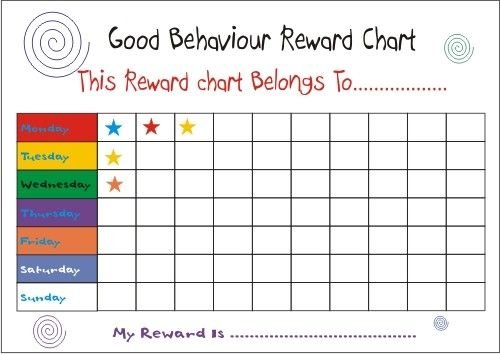
- Establishing rules and setting limits:
Children need rules to guide their behavior. If parents do not set rules and limits or do not communicate these clearly, children do not know what to expect. Having rules and setting limits give children a sense of security, protection and containment. However, here should not be too many rules or demands. The rules should also be clear, simple, easy to follow and to regulate, and should be reinforced consistently. Some rules are non-negotiable (such as respect towards others and their property, zero tolerance for aggression), while others may be more negotiable (such as giving choices). Many rules, many areas of behavior to be monitored. When misbehavior occurs, a calm, reasoned discussion gives parents an opportunity to express warmth and compassion, as well as an opportunity to demonstrate positive ways to handle conflict.
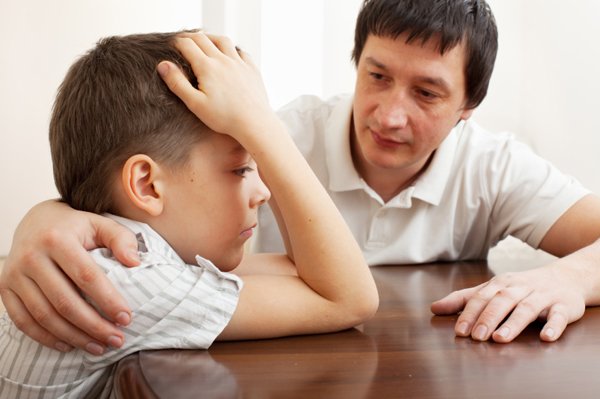
- Offering choices:
Allowing children to make age-appropriate choices empowers them and gives them some control over their lives. However, when making a choice, they often have to give up something (e.g. "Share with your sister, or leave the room"). Therefore, choices have to be fair, reasonable and logically related to the behavior. Giving choices reduces resentment and defensiveness towards parents and provides the child with an opportunity to take responsibility. For parents, choices also help to establish limits and boundaries: Parents decide the options and present the alternatives that they are prepared to allow.

- Consistency and follow-through:
Parents, educators and caregivers, need to communicate clearly what the rules are - also what the consequences will be for disobeying (or obeying) them and then enforcing them consistently. If parents follow through with predictable and reliable actions towards their children's behavior, the result will mostly be effective. If they do not, children learn very quickly not to believe in their parent's authority. Not surprisingly therefore, the use of idle threats is associated with high levels of disobedience. Fluctuations in discipline, or if some behaviors are punished one day and overlooked the next, children soon learn not to comply with parental requests.
Consistent enforcement of rules is related to high levels of voluntary compliance.

- Positive feedback:
Consider one child's comment: "When I make a mistake, no one forgets. When I do well, no one sees."
Parents (and other adults) are often so focused on a child's bad behavior that they forget to acknowledge their positive efforts. Yet, positive feedback is probably the most powerful and the easiest tool we have to encourage and improve behavior and build self-esteem. Children believe what people tell them and act the way people expect them to act. If parents focus on positive qualities, they will build stronger qualities: Children tend to repeat behavior if they receive reinforcement and rewards such as praise and encouragement.

- Punishment should be used properly:
Note that the operative word is 'properly'. Does the punishment fit the crime? The most effective punishments - those that produce long-term changes in a child's behavior without unwanted side-effects - are those used early in some consequences of misbehavior, with the lowest level of emotion possible and the mildest level of punishment possible.
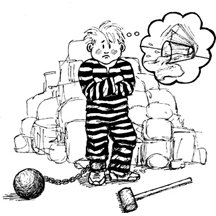
- Offer them opportunities to make amends:
Children need to have a feeling of completion and to realize they can make things better even if they have behaved unacceptably. This ties closely with consequences to follow behavior (e.g. clean up where they have messed; apologize when they have been rude).

Remember that the term discipline refers to techniques to teach children appropriate behavior. The emphasis is therefore on teaching rather that on punishing. Additionally, recognize that there is no technique that works right away or all of the time. With patience and a calm and positive approach to discipline, parents and teachers can set firm limits and help children regulate their behavior in a way that is appropriate for their age. Apart from letting children know when they are having badly or inappropriately, it is also important to let them know when they are behaving appropriately.

Congratulations! This post has been upvoted from the communal account, @minnowsupport, by Belinda from the Minnow Support Project. It's a witness project run by aggroed, ausbitbank, teamsteem, theprophet0, and someguy123. The goal is to help Steemit grow by supporting Minnows and creating a social network. Please find us in the Peace, Abundance, and Liberty Network (PALnet) Discord Channel. It's a completely public and open space to all members of the Steemit community who voluntarily choose to be there.
If you like what we're doing please upvote this comment so we can continue to build the community account that's supporting all members.
Thank you for supporting newbies..